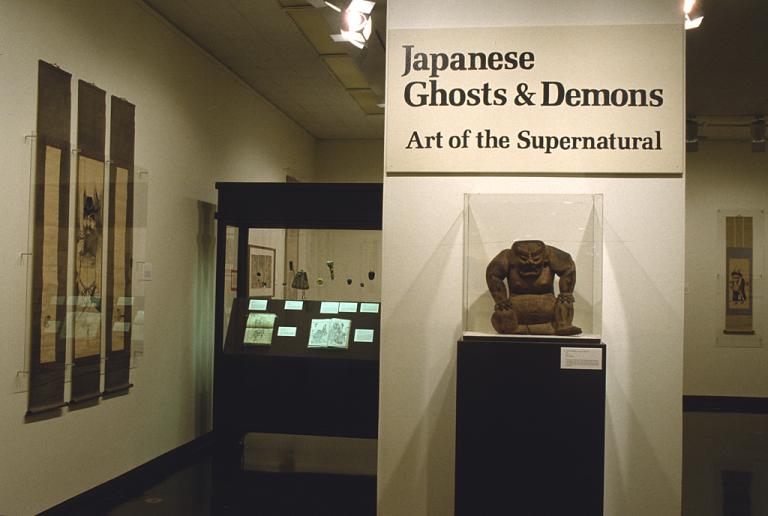Fūryū kume sennin (A Fashionable Depiction of Kume the Transcendent), Okumura Masanobu
Artwork Overview
Okumura Masanobu, artist
1686–1764
Fūryū kume sennin (A Fashionable Depiction of Kume the Transcendent),
1710s or late 1800s, Edo period (1600–1868)
Where object was made: Japan
Material/technique: woodcut
Dimensions:
Sheet/Paper Dimensions (Height x Width): 266.7 x 368.3 mm
Sheet/Paper Dimensions (Height x Width): 10 1/2 x 14 1/2 in
Mat Dimensions (Height x Width): 16 x 20 in
Sheet/Paper Dimensions (Height x Width): 266.7 x 368.3 mm
Sheet/Paper Dimensions (Height x Width): 10 1/2 x 14 1/2 in
Mat Dimensions (Height x Width): 16 x 20 in
Credit line: Gift of Rose K. Auerbach
Accession number: 1967.0030
Not on display
If you wish to reproduce this image, please submit an image request






